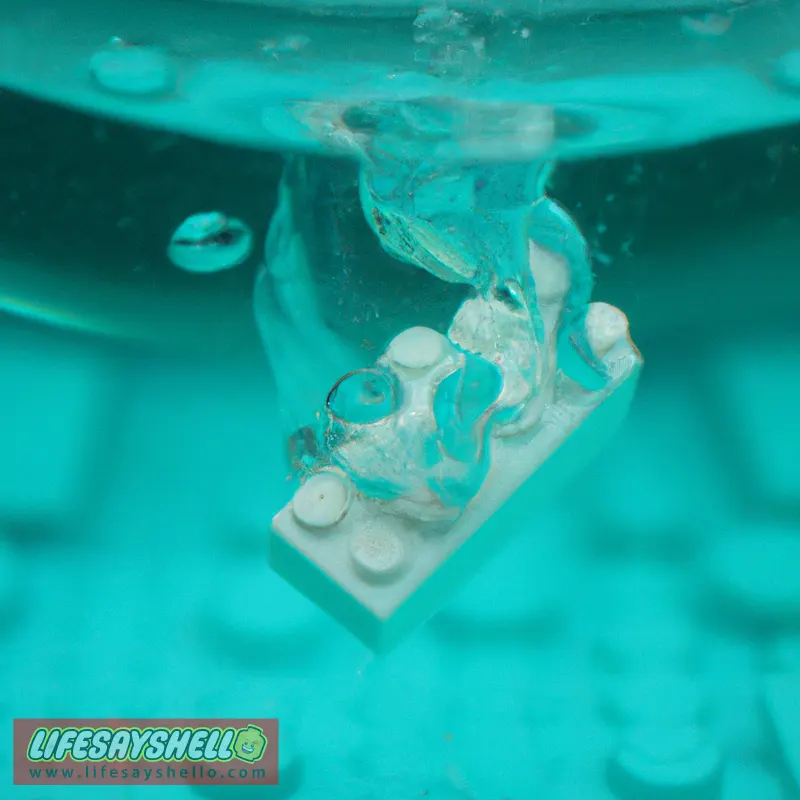The Critical Importance of Fluoride in Our Water

Fluoride is a mineral that occurs naturally in water sources around the world. You may have heard controversy around adding fluoride to drinking water, but the benefits are clear. Fluoride strengthens teeth and prevents cavities - it's one of the biggest dental health breakthroughs. Read on to understand why water fluoridation is so critical.
Tooth decay is an extremely common problem worldwide, especially among children. Without fluoride, our teeth are vulnerable to bacteria that erode and damage the enamel. Fluoride fortifies and remineralizes the enamel, making teeth more resistant to decay.
Multiple studies conclusively show that fluoridated water reduces cavities by about 25% in both children and adults. With such clear evidence of benefit, water fluoridation has been called one of the 10 great public health achievements of the 20th century.
The Science Behind Fluoride
Fluoride is a naturally occurring mineral that strengthens tooth enamel - the hard, outer surface of the tooth. It actually helps rebuild and remineralize areas where acid has already started to erode the enamel. This prevents small cavities from growing larger and more damaging.
But where does the damaging acid come from in the first place? Bacteria in the mouth produce acid when they come in contact with sugars and starches in our diet. Every time we eat something sugary or starchy, acids start attacking the enamel.
Fluoride interferes with the bacteria's acid production and helps neutralize the acid. The remineralization and strengthening effects also make the enamel more resistant to acid dissolution. It's a two-pronged defense!
The Proof is in the Numbers
The first controlled trial of water fluoridation took place in 1945 in Grand Rapids, Michigan. After 15 years, the rate of tooth decay among children was 60% lower than in the control city.
Since then, study after study has confirmed this result in communities around the world. Some key statistics:
Water fluoridation prevents at least 25% of tooth decay in both children and adults, even with widespread use of fluoride toothpaste.
Fluoridation reduces tooth decay in children 2-3 fold.
Fluoride has the greatest impact on lowering decay in baby teeth. One study found 40-50% less decay in the baby teeth of children who drank fluoridated water from birth.
The evidence is so strong that the CDC named water fluoridation one of the 10 great public health achievements of the 20th century.
Health Organizations Endorse It
With such overwhelming evidence of benefit, fluoridation is endorsed by nearly every major health organization. Here are just a few:
- American Dental Association
- American Medical Association
- American Academy of Pediatrics
- World Health Organization
- American Water Works Association
- American Public Health Association
These organizations represent hundreds of thousands of health professionals. After reviewing decades of research, they unanimously agree that water fluoridation is safe and effective.
Fluoride Occurs Naturally
Here's a little known fact - fluoride is actually found naturally in water sources like lakes and aquifers. The optimal level for dental health is 0.7 parts per million (ppm).
Some water sources have natural fluoride levels higher or lower than this. That's why most municipal water systems adjust fluoride amounts to achieve 0.7 ppm. It's not about dumping fluoride into pure water, but fine tuning what's already present.
Fluoride is also found naturally in various foods and beverages at lower levels:
Tea - Both black and green tea contain fluoride absorbed from the soil. Brewed tea can contain 0.2 - 1.0 ppm fluoride.
Seafood - Fish and shellfish absorb fluoride from ocean waters. The levels can range from 1 to 10 ppm, with shrimp, crab, and lobster on the higher end.
Fruits and Vegetables - Fresh fruits like oranges, apples, and strawberries contain trace fluoride. Spinach and potatoes are surprisingly high in fluoride for veggies.
Wine and Grapes - The fluoride in grapes, raisins, and wine comes from fluoride-containing soils and pesticides. Wine has 0.2 to 3.5 ppm.
So fluoride is clearly a natural substance, not some kind of toxic waste product. But the trace amounts in food and beverages are not enough to prevent tooth decay. Adjusting water fluoride levels to the optimal 0.7 ppm ensures we get enough on a consistent basis.
Is Water Fluoridation Safe?
Some people have concerns about the safety of water fluoridation. However, there is no scientific evidence that fluoride at recommended levels causes any adverse health effects.
People are often exposed to higher levels of fluoride naturally without issue. For example, the EPA limit for fluoride in drinking water is 4 ppm - nearly 6 times higher than levels used for fluoridation.
Decades of research support the safety of water fluoridation. Some key facts:
There is no link between community water fluoridation and cancer. Numerous studies have confirmed this.
Fluoridated water does not cause kidney disease, Down syndrome, heart disease, or lowered IQ.
The only clear risk is fluorosis (discolored teeth) if fluoride intake from all sources is too high during tooth development. But mild fluorosis is barely detectable and not a health issue.
There is no evidence that fluoride accumulates to harmful levels in the body over time. Blood fluoride levels return to baseline within hours of ingestion.
The most reputable international organizations endorse the safety of water fluoridation.
With the endorsement of the scientific community, you can be confident about the safety of fluoride at recommended levels. The benefits far outweigh any minimal risks.
Conclusion: Fluoridation is a Public Health Success
Community water fluoridation is one of the biggest public health successes of our time. It provides an easy, cost-effective way to give everyone access to cavity prevention. Fluoride is a natural substance that protects teeth at the optimal dose of 0.7 ppm.
If you have concerns about water fluoridation, take time to research the facts from reputable scientific sources. The evidence overwhelmingly supports the safety and effectiveness of this public health measure. With fluoride, we can give the gift of healthy teeth and bright smiles to future generations.




Comments